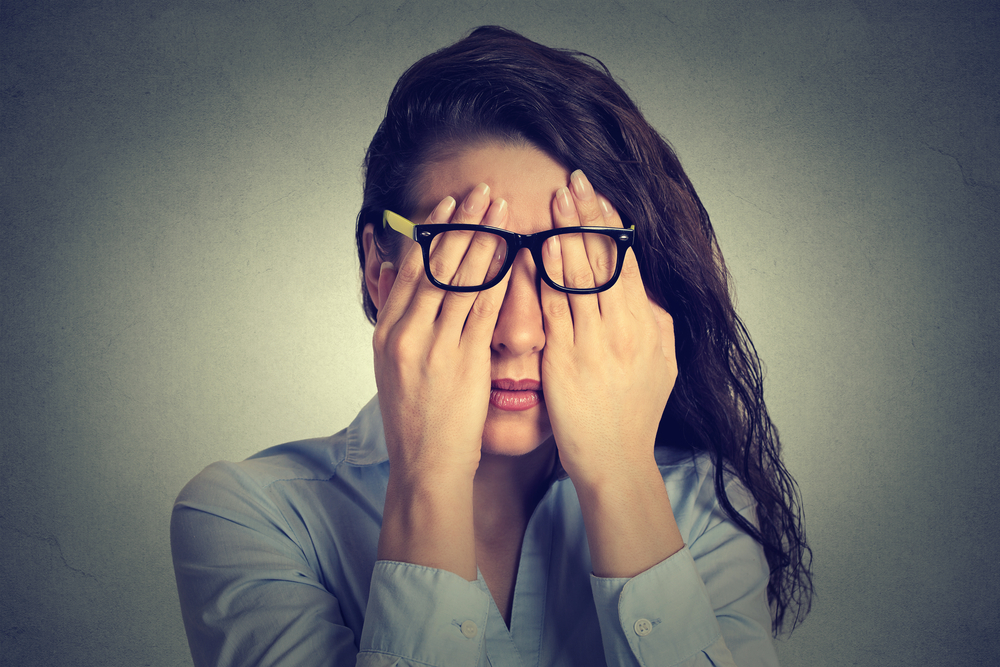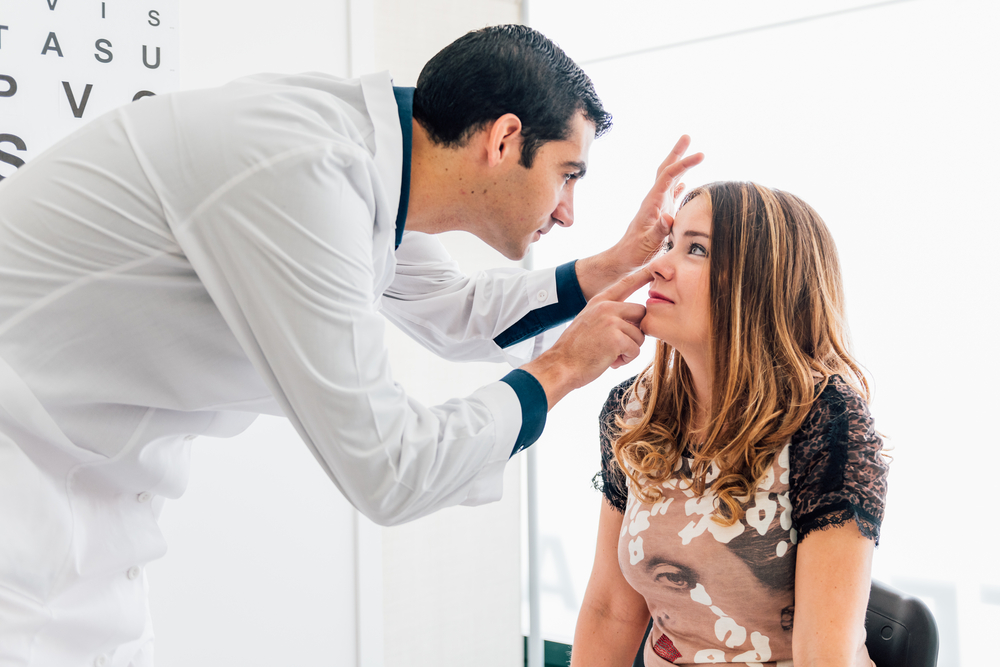Eye strain is a very common condition, and though annoying, is rarely a serious condition. However, the symptoms of eye strain, or eye fatigue may lead to other vision issues if not remedied. Itching, burning, and tired eyes are all common symptoms of eye strain.

Eye strain can be easily avoided if precautions are taken at home, outside, and especially at work. Taking the proper precautions will significantly reduce your risk of developing eye strain or fatigue.
Nearly every part of your daily life involves the use of your eyes. This makes avoiding common eye strain activities difficult to do. The usual culprits behind uncomfortable eyes include reading, writing, and driving for long periods.
However, the innovative tech devices attached to us at home, work, or even walking have become the most common cause of eye strain. Staring at your laptop, smartphone, tablet, or playing video games for long periods will most certainly result in eye fatigue.
In fact, approximately 50 to 90 percent of people who work on a computer suffer from computer vision syndrome. Researchers suggest up to 10 million eye doctor visits per year are the result of computer related vision issues. Let’s focus on a few ways you can prevent eye strain at work, especially if you stare at a screen.
1. First Things First, Get an Eye Exam for a Professional Diagnosis
Your eye strain or vision issues could be the result of computer vision syndrome. However, it may be a warning sign for something more serious. This emphasizes the importance of getting an eye exam before your vision problems get out of control.
If you are experiencing discomfort, double vision, and/or a significant change in vision, an underlying medical condition could be the cause. The Mayo Clinic notes that multiple factors play a role in how often you should get an eye exam. Age and your vision all have an impact.

2. Take Control of Your Computer Settings for Better Eye Health
One simple solution to eye strain issues is to adjust your work computer’s settings. This easy first step in fatigue proofing your workplace will only take you a few minutes. However, the long-term benefits are clear.
• Make your computer’s display brightness the same as your work environments.
• Make your text size and contrast easy to read, because if you’re leaning in or squinting to write or read, it’s time for a change.
• Decrease your computer’s color temperature. This will emit less blue light to fry your eyes.
You can apply these simple device adjustments to your tablet and smartphone at home as well. This will keep blue light to a minimum, which has been identified as the cause for many vision related issues, such as eye strain.
3. Take Breaks and Blink More Often to Reduce Eye Strain
Taking breaks from your tech devices, such as your work computer may seem like an obvious prevention tip. However, it is actually startling how few breaks people actually take. Frequent breaks also do wonders for your overall physical and mental health, according to Stanford University researchers.
Giving your eyes a break from the intense gaze you have locked on your computer is essential. Blinking more often will also decrease the likelihood of your eye’s becoming strained. In fact, people working on a computer blink a third less than normal.

4. Make Your Work Area as Seamless as Possible for Your Eyes
Looking back and forth from your work computer and documents spread all over your desk is an eye strain problem. A very common scenario in offices everywhere, however, a simple solution exists.
By employing the help of a document stand, you can easily fight eye fatigue. Your document stand should be properly lit and aligned with your computer screen. This will keep your eyes from constantly making adjustments.
The numerous solutions you can use to prevent and/or sooth eye strain at work are easy to put into action. It simply takes a bit of discipline on your part, and you should always consult your optometrist if your eye strain continues to be a daily nuisance. Because, focusing on your eye health is an important part of your overall health and happiness.

@KirkpatricM



